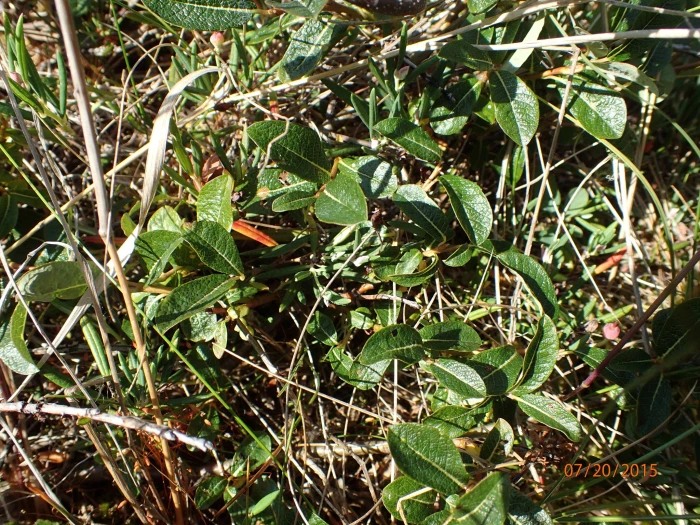Alaska Bog Willow
(Salix fuscescens)
Alaska Bog Willow (Salix fuscescens)
/
/

Matt Bowser
CC BY 4.0
Image By:
Matt Bowser
Recorded By:
Copyright:
CC BY 4.0
Copyright Notice:
Photo by: Matt Bowser | License Type: CC BY 4.0 | License URL: http://creativecommons.org/licenses/by/4.0/ | Rights Holder: Matt Bowser | Publisher: iNaturalist | Date Created: 2015-07-20T09:52:26-07:00 |

Estimated Native Range
Climate Requirements for Zibo, China
| This Plant | Your Site | Plant Suitability for Your Location | ||
|---|---|---|---|---|
| • Precipitation | 4" - 64" | 27" | You should be able to grow this plant with no additional irrigation. | Excellent |
| • High Temp. | 45°F - 79°F | 90°F | Your summers may be too hot for this plant. | Too hot |
| • Low Temp. | -54°F - 28°F | 21°F | Your winter temperatures are normal for this plant | Excellent |
This plant may not grow well at your location - your summers are too hot.
Summary
Salix fuscescens, commonly known as Alaska bog willow, is a deciduous shrub native to the cooler regions of northern North America, including Alaska, and extending into Eurasia. It typically grows up to 1.8 feet tall and is well-suited to the challenging conditions of its native habitat, which includes wetlands, peat bogs, and the edges of streams and rivers in boreal forests and tundra regions. The Alaska bog willow thrives in these moist environments, often forming dense thickets.
The Alaska bog willow has a modest appearance, with slender branches and narrow leaves. The plant is dioecious, meaning male and female flowers are found on separate plants. The flowers are in the form of catkins, with the male catkins being up to 1.5 inches long and more conspicuous than the female ones. Flowering typically occurs in late spring to early summer. While not particularly ornamental, this willow provides essential habitat and food for wildlife, including moose and various bird species. In cultivation, it can be used for streambank stabilization and restoration projects due to its tolerance for wet conditions and ability to prevent soil erosion. It prefers full sun to partial shade and requires consistently moist soil. While generally low-maintenance, it can be susceptible to willow blight and other fungal diseases.CC BY-SA 4.0
The Alaska bog willow has a modest appearance, with slender branches and narrow leaves. The plant is dioecious, meaning male and female flowers are found on separate plants. The flowers are in the form of catkins, with the male catkins being up to 1.5 inches long and more conspicuous than the female ones. Flowering typically occurs in late spring to early summer. While not particularly ornamental, this willow provides essential habitat and food for wildlife, including moose and various bird species. In cultivation, it can be used for streambank stabilization and restoration projects due to its tolerance for wet conditions and ability to prevent soil erosion. It prefers full sun to partial shade and requires consistently moist soil. While generally low-maintenance, it can be susceptible to willow blight and other fungal diseases.CC BY-SA 4.0
Plant Description
- Plant Type: Shrub
- Height: 3-6 feet
- Width: 4-8 feet
- Growth Rate: Rapid
- Flower Color: N/A
- Flowering Season: Summer
- Leaf Retention: Deciduous
Growth Requirements
- Sun: Full Sun, Part Shade
- Water: High
- Drainage: Fast, Medium
Common Uses
Erosion Control, Low Maintenance, Water Garden
Natural Habitat
Native to wetlands, peat bogs, and stream and river edges in boreal forests and tundra regions
Other Names
Common Names: Brownish Willow, Alaska Willow, Miyama-Yachi-Yanagi
Scientific Names: Salix fuscescens, Salix arbutifolia var. dasycarpa, Salix arbutifolia var. dasycarpa, Salix aurora, Salix aurora, Salix fuscescens subsp. poronaica, Salix fuscescens var. dasycarpa, Salix fuscescens var. reducta, Salix myrtilloides
GBIF Accepted Name: Salix fuscescens